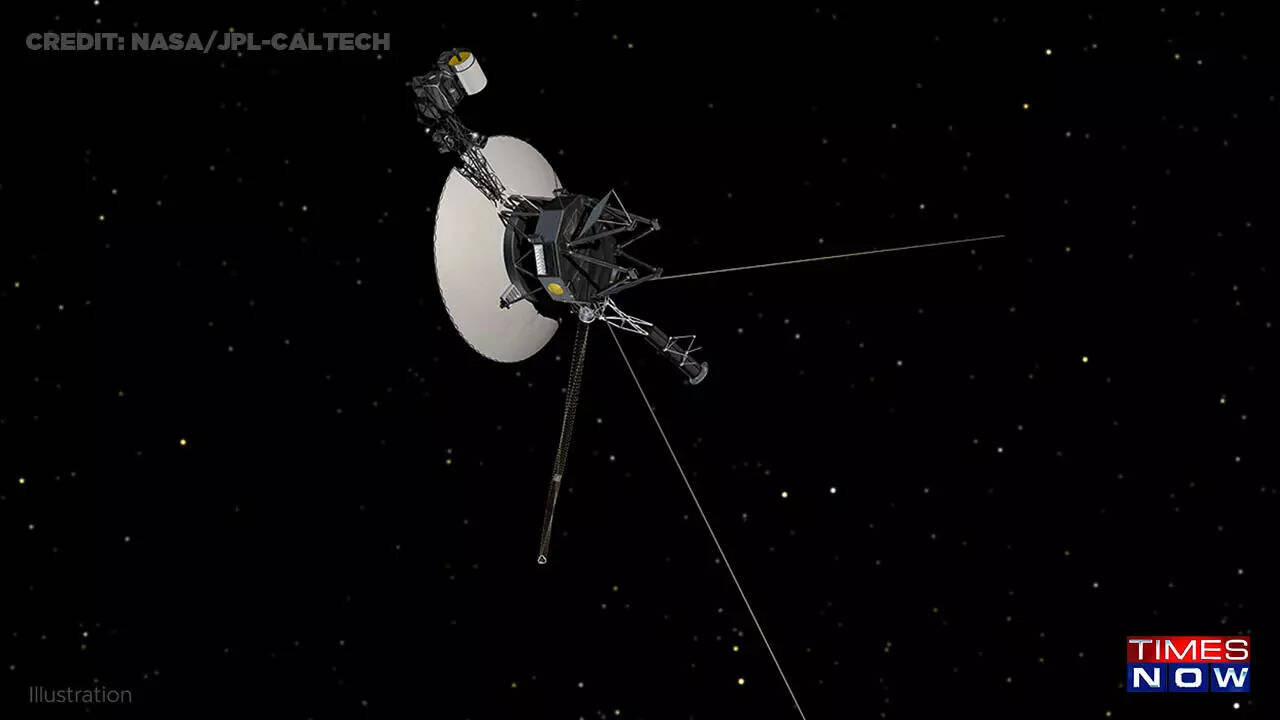NASA’s Voyager 1 spacecraft sends back mysterious data baffling scientists
The issue though, has not triggered any onboard fault protection systems, and the Voyager 1’s ‘safe mode’ has not been activated, giving engineers time to diagnose the issue.

NASA’s Voyager 1 spacecraft launched in 1977 is the furthest spacecraft from Earth, at a distance of 20 light years away. The Voyager 1 still sends back data to Earth, and scientists observed some mysterious data coming from the spacecraft.
“The interstellar explorer is operating normally, receiving and executing commands from Earth, along with gathering and returning science data. But readouts from the probe’s attitude articulation and control system (AACS) don’t reflect what’s actually happening onboard,” says NASA.
The AACS controls the almost half-a-century old spacecraft’s orientation, it also keep’s Voyager 1’s high-gain antenna pointed towards Earth for data transmission. “All signs suggest the AACS is still working, but the telemetry data it’s returning is invalid. For instance, the data may appear to be randomly generated, or does not reflect any possible state the AACS could be in,” says NASA.
The issue though, has not triggered any onboard fault protection systems, and the Voyager 1’s ‘safe mode’ has not been activated, giving engineers time to diagnose the issue. “Voyager 1’s signal hasn’t weakened, either, which suggests the high-gain antenna remains in its prescribed orientation with Earth.”
“A mystery like this is sort of par for the course at this stage of the Voyager mission,” said Suzanne Dodd, project manager for Voyager 1 and 2 at NASA’s Jet Propulsion Laboratory in Southern California. “The spacecraft are both almost 45 years old, which is far beyond what the mission planners anticipated. We’re also in interstellar space – a high-radiation environment that no spacecraft have flown in before. So there are some big challenges for the engineering team. But I think if there’s a way to solve this issue with the AACS, our team will find it.”
The team will continue to monitor the signal closely, says the space agency, as they continue to determine whether the invalid data is coming directly from the AACS or another system involved in producing and sending telemetry data.
Trending:
End of Article
Subscribe to our daily Newsletter!





Related News





NASA's Hubble Telescope Hits Pause To Science Missions; Here's Why

Boult Launches First Soundbars In India At Just Rs 4,999; Check Specifications, Features, More

Telegram Down In India: Users Face Error In Sending Messages On WhatsApp Alternative

NVIDIA Delivers First AI Supercomputer To OpenAI; Elon Musk Reacts

How To Maximise Generative AI Usage While Simultaneously Minimising Potential Risks









